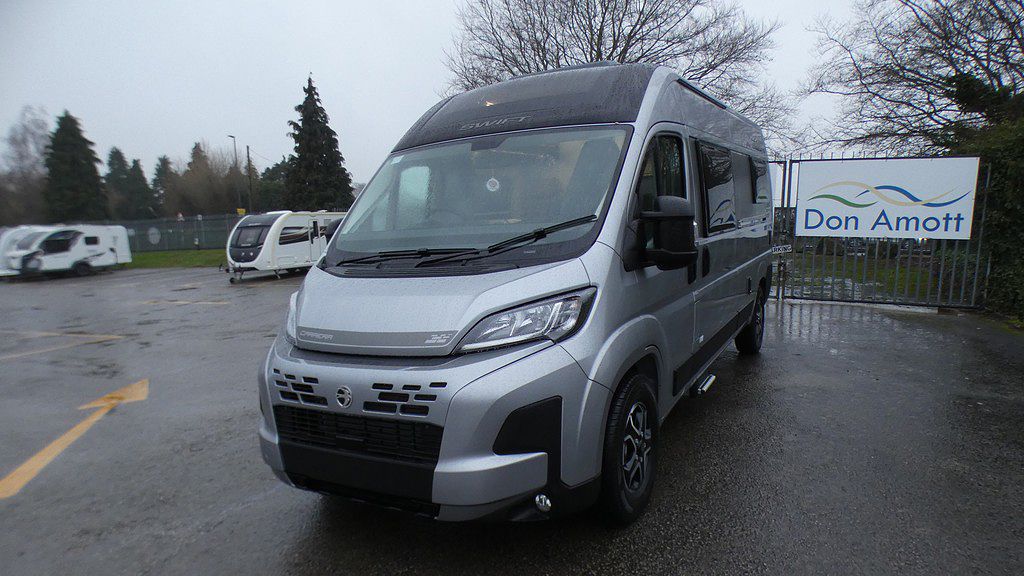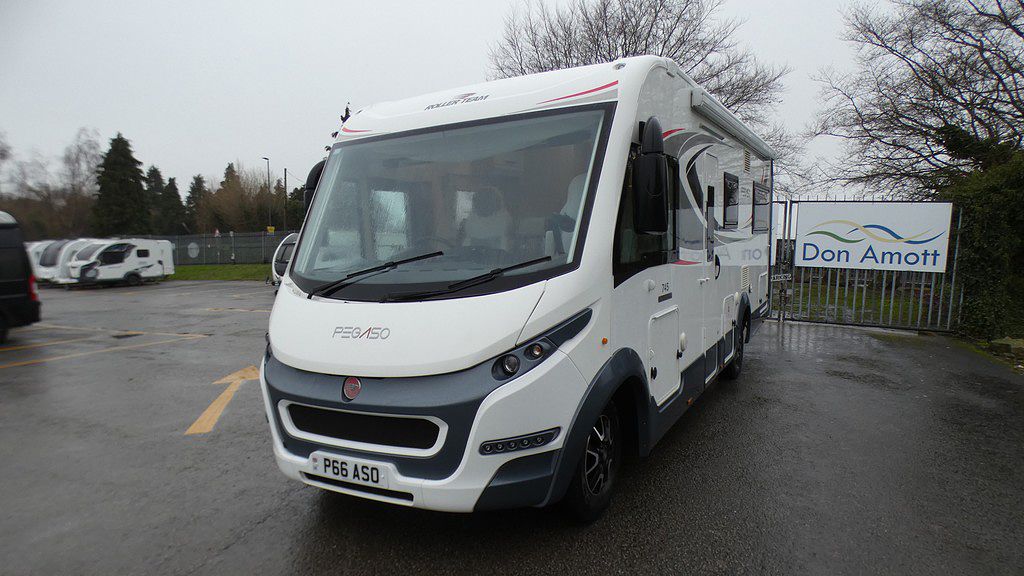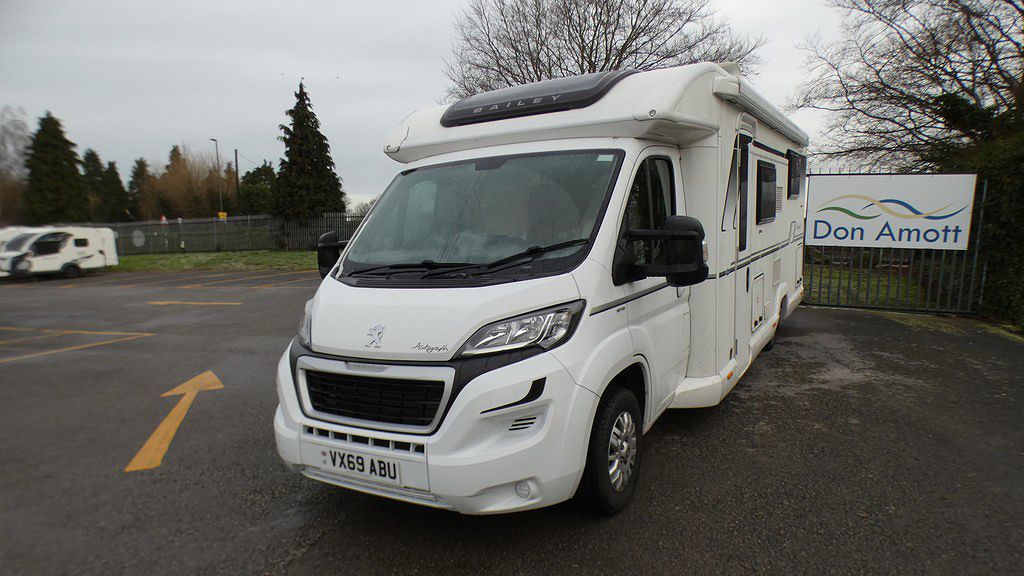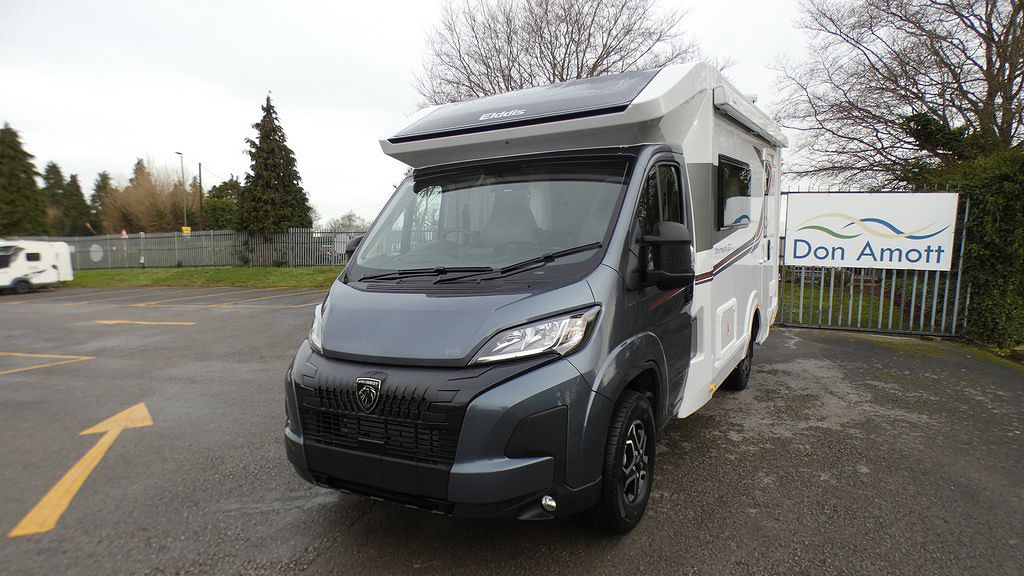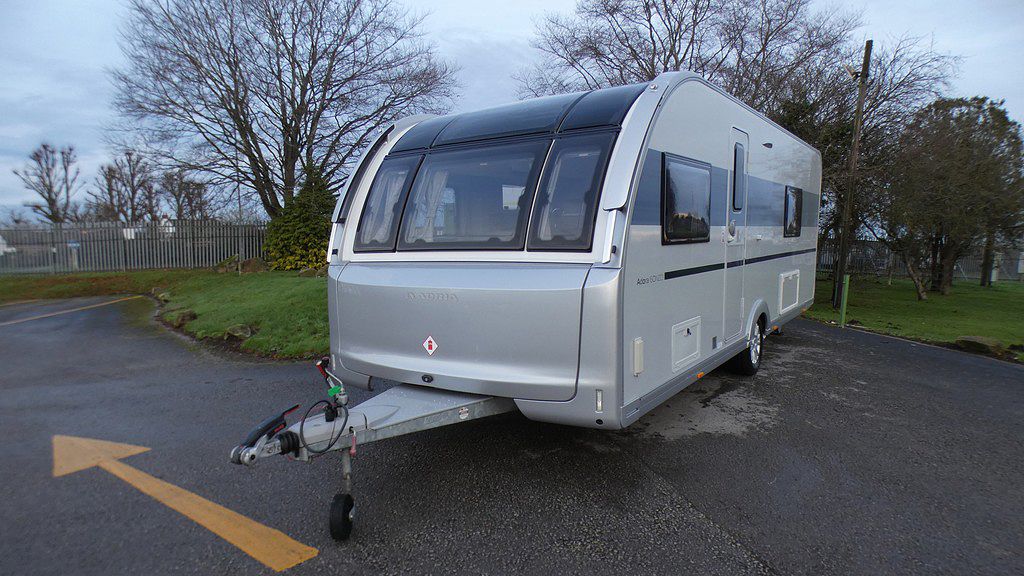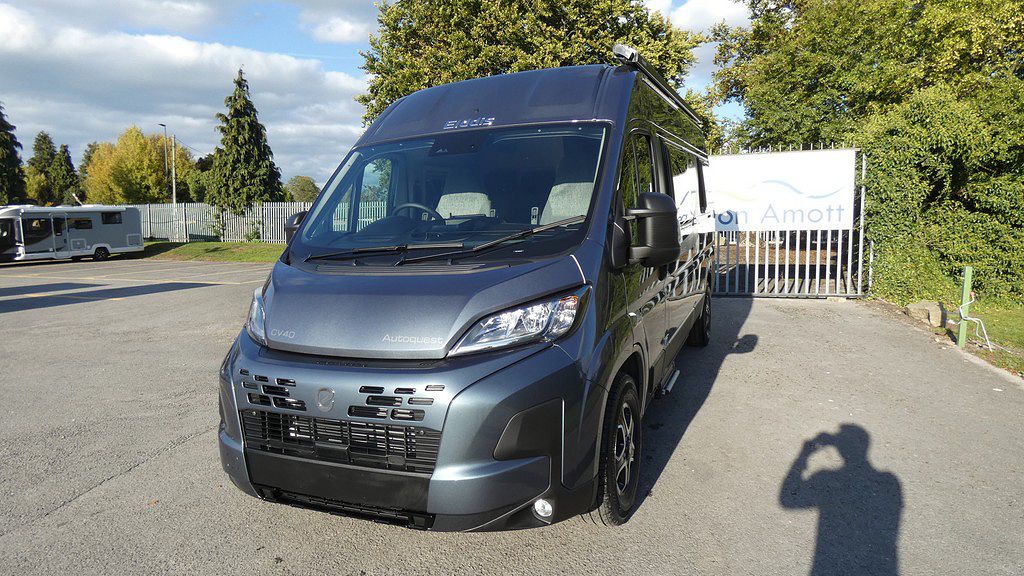Motorhoming for Beginners: What to Know
5 minutes well spent

Our List of Tips for Motorhome Beginners
While there is certainly a romantic element of ‘just do it’ about getting into a motorhome for the first time and driving off into the sunset, in reality it’s not quite like that. Most new motorhome owners will already realise there are things you need to know and things you need to do before you can truly begin to experience the sense of freedom that the on-the-road lifestyle brings. In this latest edition of our blog we’ve compiled some of them to provide you with a handy list of the things you need to know…
1. Instruction Manual
Just like when you buy a car, the new motorhome you have bought from a motorhome dealer will come with a manual of some kind – and if it doesn’t you may find that the appropriate one is available digitally (i.e. online). Take the time to read through it, familiarising yourself with little bits of information which will prove very helpful. Knowing things like where the fuse box is, how the sat nav works, how to put down the awning – and so on – will make your life that bit easier.
2. Weight
You can’t just continually load up a motorhome with boulders until it’s full and weighs ninety tonnes. You have to be aware of the weight class, and limits, of your vehicle. The difference between the empty vehicle’s weight and the weight it cannot exceed once loaded is known as the payload. You should not exceed the legal limit – the motorhome has not been structurally designed for a weight that is greater and, in addition, your insurance will be void in the event of an accident.
3. Size and Handling
Even if you don’t own the biggest motorhome on the block, it’s worth taking a little time to get used to its weight, size and handling. It’s also important to set your mirrors up properly. Motorhomes are easy enough to drive once you are used to it, but up until that point don’t presume it will be exactly like driving your car. Don’t just shoot off on some really long holiday in a brand new motorhome, without having a period of getting acquainted with the nuances and making the required adjustments to mirrors etc.
4. Tanks
Believe it or not, it’s possible to mix up the fresh water and fuel tank caps and put the wrong liquid down the wrong hole. This is something you really don’t want to have to sort out afterwards as draining is a laborious process, so be aware that the fuel tank is likely to have a black or yellow cap, and the water tank will have a white or blue cap.
5. Beds
If your motorhome has convertible beds or an electric drop-down bed, it’s worth a few trial runs with sorting this out, rather than the first time being when you are already out on the road. You’ll firstly be making sure that everything works as it should, but also saving yourself hassle when you’re on holiday. Imagine not quite knowing how to convert the bench seating to beds when you are desperate to go to sleep after a hard day’s adventuring and a couple of glasses of wine in the evening!
6. Battery
You should always test the motorhome’s leisure battery before heading out on a trip. This is the battery that powers things like the lighting and 12v appliances. You can replace it if it needs it. Often when a motorhome has been winterised (i.e. off road and stored through the winter) the battery can become somewhat run down. If you find that it does need replacing, the manual we mentioned earlier should tell you how to get started.
7. Safety
It’s always worth carrying a stock of safety gear in your motorhome. It’s good to do everything you can to cover all eventualities – so store a fire blanket, fire extinguisher, CO2 detector, smoke alarm and fire detection units in your motorhome. Remember, also, that most modern motorhomes don’t carry a spare wheel, so take along a tyre repair kit. These work by injecting solution into the tyre to ‘seal it’ and then you can reinflate with an air compressor (so you’ll need one of those too).
8. Route Planning
It is always worth having a good idea of your route. This will help with fuel efficiency – your motorhome is carrying a lot more weight than your car would, so your fuel won’t get you as far. Knowing your route in advance will allow you to keep track of things and work out whereabouts you could take the opportunity to ‘fill up.’ Route planning is also a good idea if you want to avoid toll roads, small and narrow country lanes etc. Take some time to work things out properly with your sat nav system.
9. Moisture
This can be something of an issue in a motorhome, as it’s sort of its own partially closed ecosystem and there’s an opportunity for mold to develop. The way to tackle it is to make sure you clean everything when you have finished using the motorhome for a period of time – and also install a moisture absorber. The product BirchSorb is highly effective as it lasts for a minimum of eight weeks and can absorb at least twice its own weight – and there’s no messy re-release of moisture.
10. Safe
It’s worth investing in a small safe. Each time you leave the motorhome when you are on a trip, it’s unlikely that you’ll want to take all of your valuables with you. Leaving them laying around ‘on display’ is unwise – so put these items (jewellery, cash, digital devices etc) into a small safe which you can then hide somewhere in the motorhome out of sight.
Here at Don Amott we’re very proud to supply motorhomes of the highest quality, including Auto-Trail motorhomes and Swift motorhomes – and there’s nothing we like more than seeing customers happy to drive their new purchase away. We know they’re going to have some fantastic times aboard their new vehicle, and we know they’re going to love the learning curve that the early part of motorhome ownership brings. We hope that the tips we’ve supplied in this edition of our blog help make that curve a little more comfortable. If you have any further queries don’t hesitate to give us a shout!
We’ve got 100s of new and used stock for you to discover
The ultimate home of motorhomes, campervans & caravans sales in Derbyshire.



